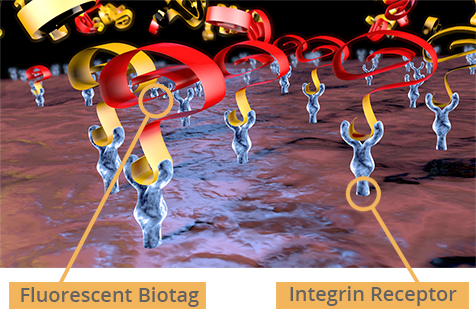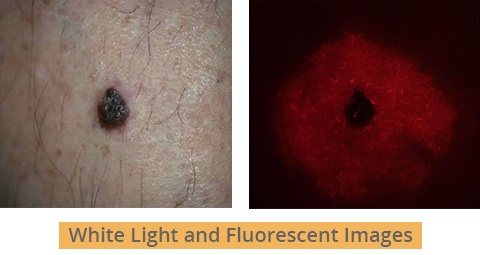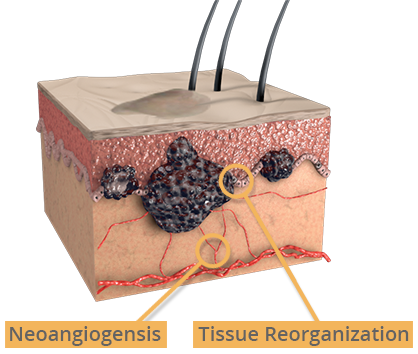The novel Orlucent® system detects a biomarker for early tissue remodeling associated with mole transition from benign to atypia.



Multiple studies show the use of a fluorescing peptide to bind to the alpha-v beta-3 (αvβ3) integrin to be both sensitive and specific to melanocytic tissue remodeling within the mole macroenvironment.⁸ ⁻ ¹¹
The Orlucent technology is unlike spectral imaging or impedance-based products that evaluate structural tissue reorganization. The Orlucent system identifies the presence of a biomarker preceding the structural changes that occur during transition from benign to atypia.
Lorem ipsum dolor sit amet, consectetur adipiscing elit, sed do eiusmod tempor incididunt ut labore et dolore magna aliqua. Ut enim ad minim veniam. Lorem ipsum dolor sit amet.
Get updates on special events and receive your first drink on us!
©2024 Orlucent, Inc.
Los Gatos, California, USA
Contact: info@orlucent.com